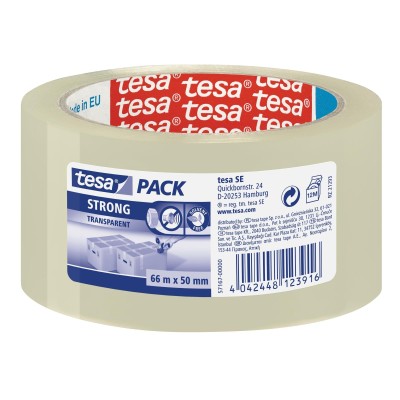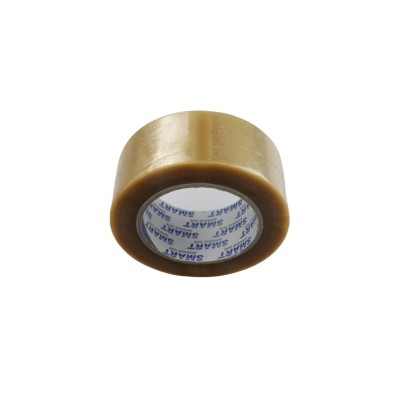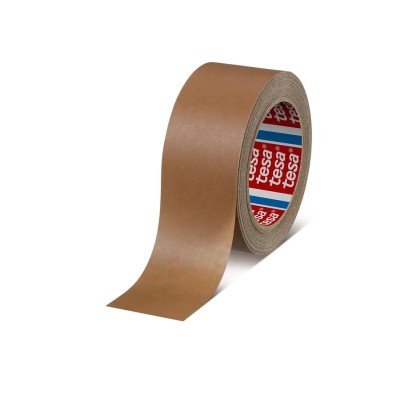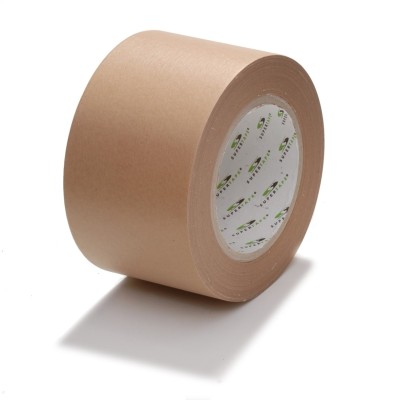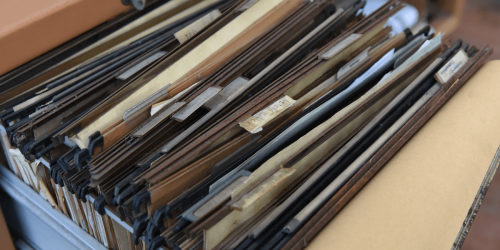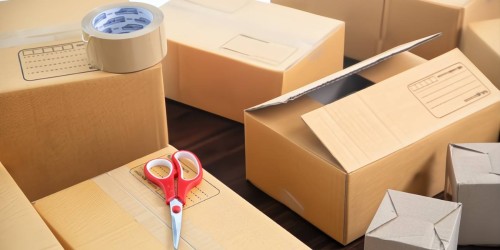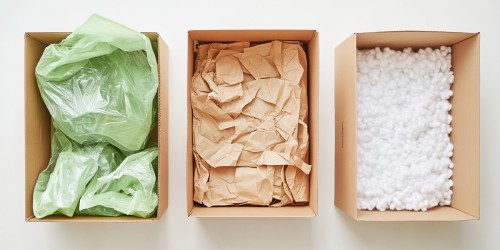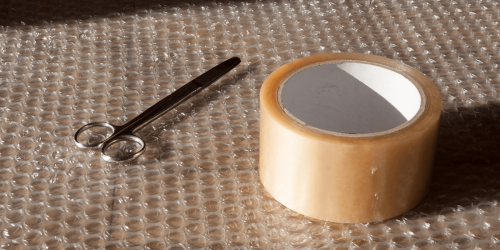Tapes – What Are the Differences and Which One to Choose?
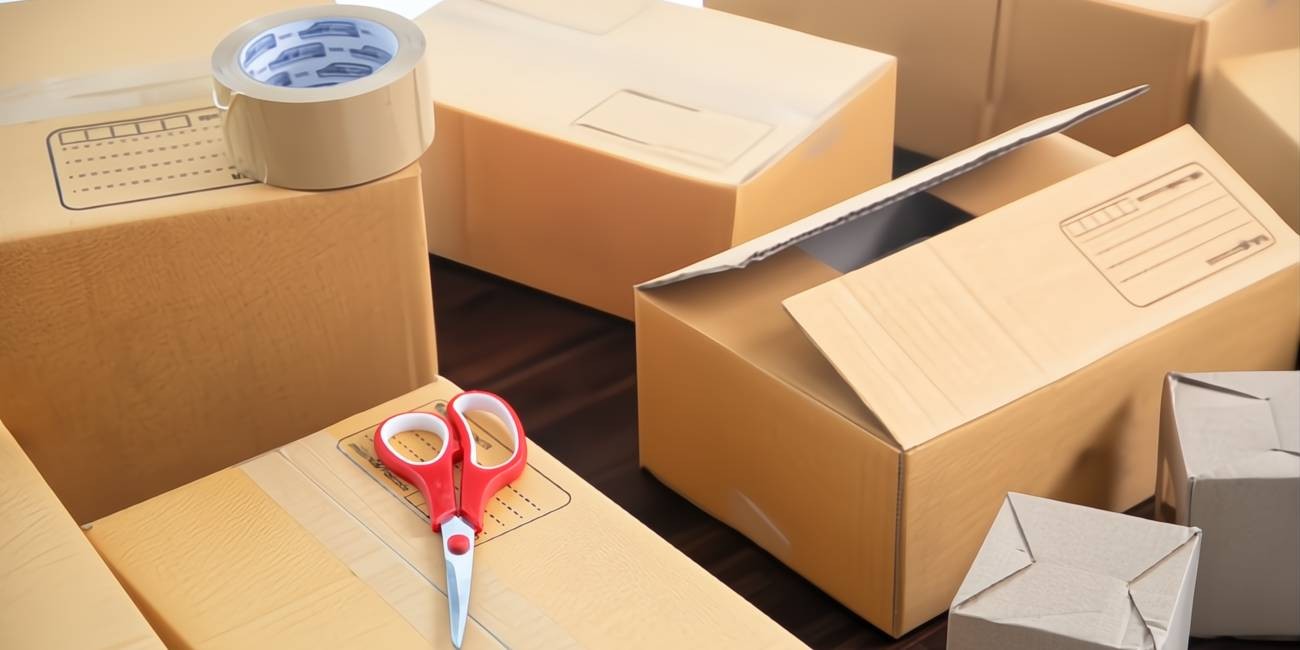
Contents:
Adhesive Tapes – What are the Differences and Which One to Choose?
One of the essential packaging products found in every warehouse, and also at home, is adhesive tape. More precisely, it is packing tape, because it is used for sealing cartons.
There are many adhesive tapes on the market, and for someone who doesn't deal with them daily, choosing the right one can seem a bit complicated. Of course, not all adhesive tapes are used for packing, as there are also repair tapes, like the famous Duct Tape, mounting tapes, insulating tapes, double-sided tapes, warning tapes, and many others. It is truly a whole separate branch of the industry.
When it comes to packing tape, we already know what it is for. In 90% of cases, it is for sealing boxes and cartons made of paper. Corrugated cardboard boxes usually do not require special glue and tape and can be sealed with almost any type of tape.
What Should We Consider When Choosing?
Let's start with what the adhesive tape is made of if we break it down into its basic components.
Every adhesive tape consists of a carrier (the actual tape) and adhesive. By analyzing the carrier alone, we can already distinguish several types of tapes. "Plastic" tapes are usually PP, meaning polypropylene adhesive tape, but there are also PVC tapes, which are generally stronger. You can also buy paper adhesive tape, which is much more environmentally friendly than the regular plastic one. These carriers can have different thicknesses and widths. Thickness is usually measured in microns and indicates the tape's strength against tearing. The width depends on what you want to use the tape for. The most common tape widths are 48mm, 60mm, and 72mm.
Another important parameter is the length of the tape on the roll. When analyzing the purchase price of the tape, it is worth paying attention to the amount of tape on the roll. The roll length is usually given in yards and marked with the abbreviation "y". The most common lengths are from 54 to 66 meters. Of course, there are also machine-use adhesive tapes, which can have up to 900 meters on a single roll. However, these would be too heavy for manual use. These carriers can also come in different colors. For packing, we usually use brown tape, often marked with the color Havana, or transparent tape. Some people, however, opt for white adhesive tapes or printed adhesive tapes, which are a good advertising material for any shipping company.
The next aspect, besides the carrier, is of course the type of adhesive on the tape. There are usually three types of adhesives: acrylic adhesive tapes, hot melt adhesive tapes, and solvent adhesive tapes.
What are the Differences Between These Tapes?
- Acrylic Adhesive Tape – the cheapest option, where price is the most important factor. This is relatively the weakest adhesive but sufficient for light loads or, for example, sealing foil. It has a characteristic chemical smell on the adhesive side, making it easy to recognize.
- Hot Melt Adhesive Tape – also known as synthetic rubber, this is a mid-range tape. It is the most common choice if you want a strong adhesive for standard use.
- Solvent Adhesive Tape – natural rubber, has a characteristic honey color. It is the strongest adhesive. It performs well under temperature variations. The only correct choice for packing parcels that will be transported or stored in cold conditions.
Besides these adhesives, there is another specific type of adhesive tape gaining increasing popularity, which is water-activated paper adhesive tapes. This tape itself is not sticky and works the same way as the well-known postage stamp. The adhesive needs water to be activated. To use this tape, you need a manual or automatic dispenser that evenly covers the adhesive layer of the tape with water. This tape is environmentally friendly and very durable. We offer two types of such paper adhesive tape – plain paper tape and reinforced paper tape with fibers for even stronger carton sealing.
For regular packing tapes, packing tape dispensers are also necessary because it is difficult to pack a large number of cartons using only a knife or scissors. Depending on the frequency of using adhesive tape, we recommend either the simplest economic model H11 or more durable metal dispensers.
We hope that the above article provides some insight into adhesive tapes and makes it easier to choose the right one. However, if you need assistance, our specialists will certainly help you select the appropriate type of tape for your application.
















